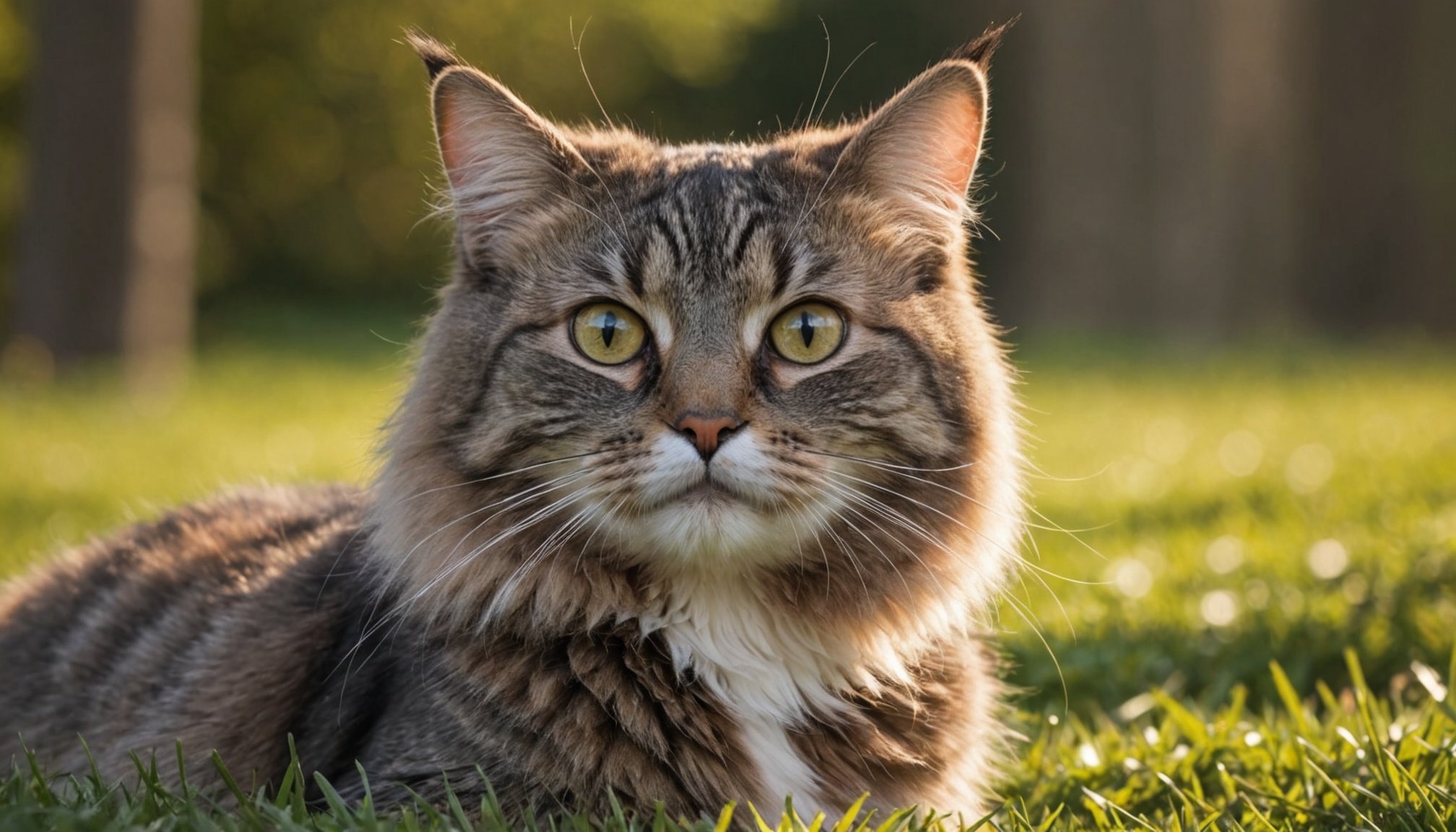As the days grow shorter and the seasons change, many cat owners face the inevitable challenge of increased shedding. While shedding is a natural process for felines, it can escalate during specific times of the year, leaving you with tufts of fur drifting through your home. But beyond the noticeable piles of hair, maintaining your cat’s coat health is crucial for their overall well-being. This article will delve into practical tips and advice to keep your furry friend’s coat looking pristine throughout the shedding seasons. Whether you’re a seasoned cat owner or a novice, these insights will help ensure your feline companion remains comfortable and healthy.
Understanding the Shedding Cycle
Cats, like many animals, have naturally occurring shedding cycles. These cycles often correlate with changes in daylight and temperature, typically peaking during spring and fall. As the daylight hours increase, cats begin to shed their winter undercoat to prepare for the warmer months, and in fall, they shed to allow a thicker coat to grow for winter.
Also to see : How can I train my cat to walk on a leash safely?
Understanding this cycle can help you anticipate when your cat will shed more heavily and prepare accordingly. While all cats shed to some extent, long-haired breeds may require more attention due to their dense fur. Similarly, indoor cats may not experience as dramatic a change as outdoor cats, given the consistent temperatures inside.
Knowing the reasons behind your pet’s shedding can also help you spot any abnormalities. Excessive shedding outside of these periods may indicate a health issue, such as stress or a nutritional deficiency. Therefore, maintaining regular check-ups with your veterinarian is advisable. By understanding and anticipating these natural rhythms, you can better manage your cat’s shedding and maintain their coat’s health.
Also read : Ultimate grooming guide for devon rex cats: protecting their unique coat with expert care
Nutrition: The Backbone of a Healthy Coat
A cat’s coat is often a direct reflection of their overall health, with nutrition playing a pivotal role. High-quality cat food that is rich in essential fatty acids such as omega-3 and omega-6 can be beneficial in maintaining a glossy, healthy coat. These nutrients help reduce inflammation, support skin health, and minimize shedding.
It’s important to feed your cat a balanced diet tailored to their specific needs. Some felines may require additional supplements, such as biotin or vitamin E, to enhance their coat’s condition. Consulting with your veterinarian can provide personalized guidance on the best dietary choices for your pet.
Hydration is another critical factor in coat health. Ensuring your cat has access to plenty of fresh water can prevent dehydration, which can lead to dry skin and a lackluster coat. Consider incorporating a water fountain to encourage your feline to drink more, as cats often prefer moving water.
By providing a diet rich in essential nutrients and ensuring adequate hydration, you can significantly contribute to your cat’s overall health and coat quality.
Grooming: An Essential Routine
Regular grooming is a cornerstone of maintaining your cat’s coat health. Not only does it help reduce shedding by removing loose hair, but it also prevents matting and distributes natural oils across the fur, keeping it shiny and healthy.
Depending on your cat’s breed and coat length, grooming frequency may vary. Short-haired cats typically require less frequent grooming compared to their long-haired counterparts. However, all cats can benefit from at least weekly brushing.
When grooming, use the appropriate tools for your cat’s coat type. A slicker brush is excellent for long-haired breeds, while a rubber brush can be more suitable for short-haired cats. Be gentle and patient during grooming sessions, creating a positive experience for your pet.
Additionally, grooming provides an opportunity to inspect your cat for any skin issues, such as parasites or abnormalities. By integrating regular grooming into your routine, you not only minimize shedding but also promote a healthier, happier cat.
Environmental Factors and Their Impact
The environment in which your cat lives plays a significant role in their shedding patterns and coat health. Controlling indoor temperature and humidity levels can aid in minimizing excessive shedding. Extremely dry conditions can lead to dandruff and dry skin, while overly humid environments can exacerbate other skin issues.
Consider maintaining a moderate temperature and using a humidifier during colder months to keep the air moist. Regularly cleaning your cat’s living spaces can also help reduce the accumulation of loose fur, dust, and allergens that may irritate their skin.
Furthermore, stress is a common but often overlooked factor that can affect a cat’s coat health. Changes in the environment, such as moving house or introducing new pets, can lead to stress, which may result in increased shedding. Providing your cat with a safe, familiar space, and maintaining a routine can help mitigate these effects.
By adjusting your cat’s environment to meet their needs, you can significantly influence their overall well-being and coat health, ensuring they remain comfortable throughout the year.
Maintaining your cat’s coat health during seasonal shedding periods requires a combination of understanding, nutrition, grooming, and environmental considerations. By staying informed about your cat’s natural shedding cycle, feeding them a nutrient-rich diet, engaging in regular grooming sessions, and creating a supportive environment, you can help ensure they remain healthy and comfortable year-round.
Ultimately, this commitment to your cat’s well-being not only enhances their quality of life but also strengthens the bond between you. As a responsible and caring owner, you ensure that your feline friend thrives, providing them with the best care possible. Remember, the key to a healthy coat is a holistic approach that encompasses all aspects of your cat’s lifestyle.











